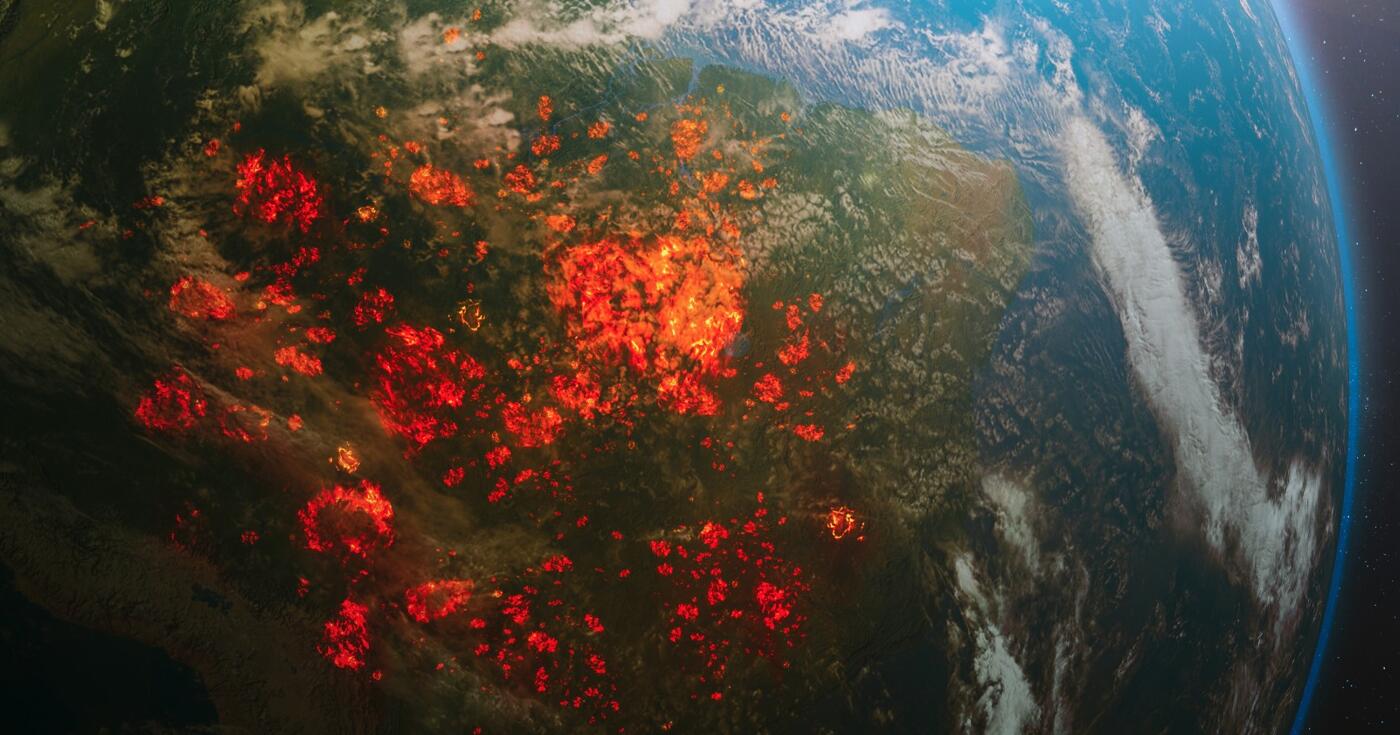This is why - no money in the world can stop the climate catastrophe
The monetary system – our way of finding fairness in trade – is undoubtedly one of the fundamental cornerstones of human life. Normally, it is a functional system that has helped bring clarity to the way we live our lives.
By being bound to the rules of the monetary system – you have none or very little control over the value of your income. Your income can be the outcome of negotiations between your employer and Union representatives or self-negotiated. You may be self-employed, where your income is a representation of what you are able to take out from your own business. Regardless of you being employed or self-employed, the value of an hour of your labour is different depending on where in the world you live. Furthermore, the amount of money you have left to spend is dependent upon the amount of tax decided by the state. The value of the currency you are paid in will vary depending on which other country you go to and when you do so. Even if you are a super-entrepreneur, the value in the stock you own can dissipate as fast or as slow as it was accumulated – sometimes regardless of your efforts to intervene.
There is an intricate balance between our living costs and our incomes. If we have too much money to spend, the market becomes overheated and increases inflation. This has to do with supply and demand. The more demand there is for a product, the higher value the product will have and the more demand there will be for a workforce to supply the product. The increase in demand of the workforce also creates an increase in wages. The increase in wages allows for higher living standards, which raises requirements on the social welfare system. As the spending power of the population increases, so does the cost of all products available to the same. The result is an increase in the value of the used currency. The higher valued currency decreases the cost of importing goods but increases the cost of exported goods which in turn decreases the competitiveness and ultimately the profit from export. The added cost of the exported goods and the increasing cost of living– can either stabilise on its own, slowing the inflation rate – or evolve further into hyperinflation with risk of financial collapse.
The financial tool with which to control the inflation rate, is the interest rate set by the central bank. This interest rate governs the cost of borrowed money, not only for private citizens, but for general banks and the state. With a low interest rate, more money is left in the system enticing the population to spend more money, increasing inflation. Raising the interest rate has the opposite effect. After the 2008 financial crisis, we have even seen negative interest, meaning the banks are paid money as incentive to lend out money, and to increase the spending power of the state. Adversely, this tool, also helps to ensure the balance between living costs and income, so that there is no excess of money available. Without this excess of money, the population is practically trapped within a zone, allowing controlled spending but disallowing excess spending.
The driving forces of the global economy is the market. This is comprised of businesses that provide the products we need and want. This is an ever-driving force enticing us to spend more. These different forces can be described with the analogy of a horse and carriage: The horse is the market, the carriage is the people, the speed of the horse and carriage is the inflation and the driver holding the reigns is the interest rate set by the central bank. The road represents the financial challenges on the way. The part with least control – is the carriage - you.
In 2018 when the French president Emmanuel Macron tried to adjust fuel costs (as well as other tax adjustments) based on environmental needs – the attempt was slammed by the yellow vest movement, with resulting violent riots. The political tool President Macron used was increase in taxes. The problem was that the effected people were unable to afford the added cost. President Macron understood that it was necessary to invest in new technologies for a more environmentally friendly future. These investments costs could not be covered by the government – which is why the cost coverage was placed on areas of society deemed the most polluting. Thus, polluting becomes costly and helps to finance the necessary change.
It is within this vicious cycle that we now reside. We, the population, regardless of where we reside, are trapped inside of a measure of financial control. The same system is unable to fund the necessary changes we need to secure our own survival, due to the consequences of us adapting to the rules of the same system and opting for the most financially sound solution to our monetary standard of living. The only way to fund this shift towards sustainable survival, is as the French president Emmanuel Macron deducted, by taxing the destructive/polluting behaviour. The paradox is, this will require us to pay added costs, we are not allowed to have the money for, as measures to force us to choose the products that least conforms to market values. Returning to the analogy of the horse and carriage, this is like trying to get the carriage to pull the horse.

